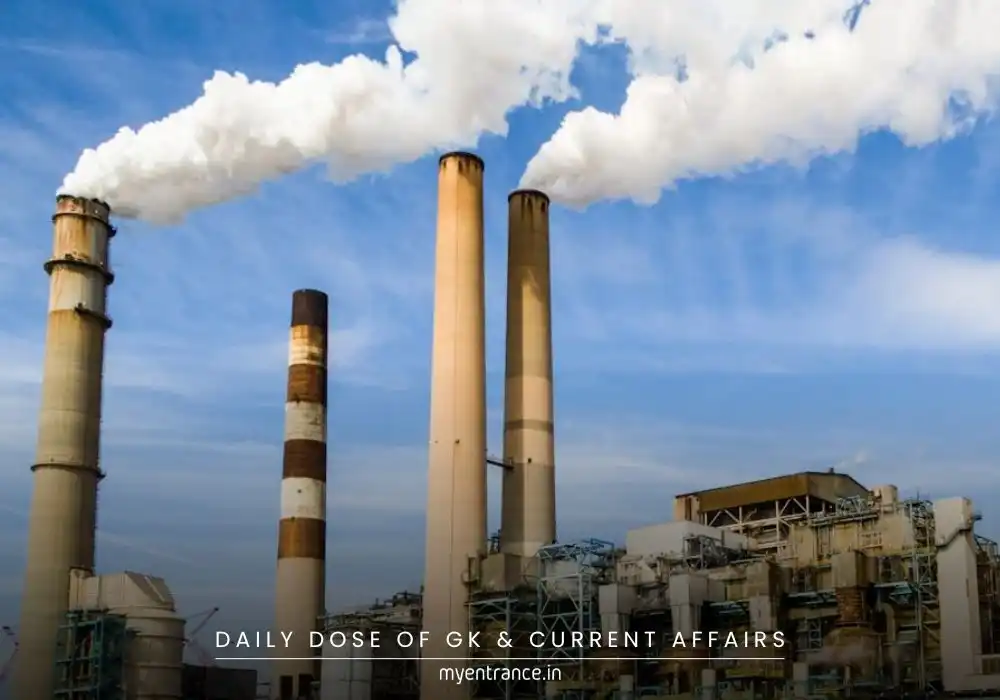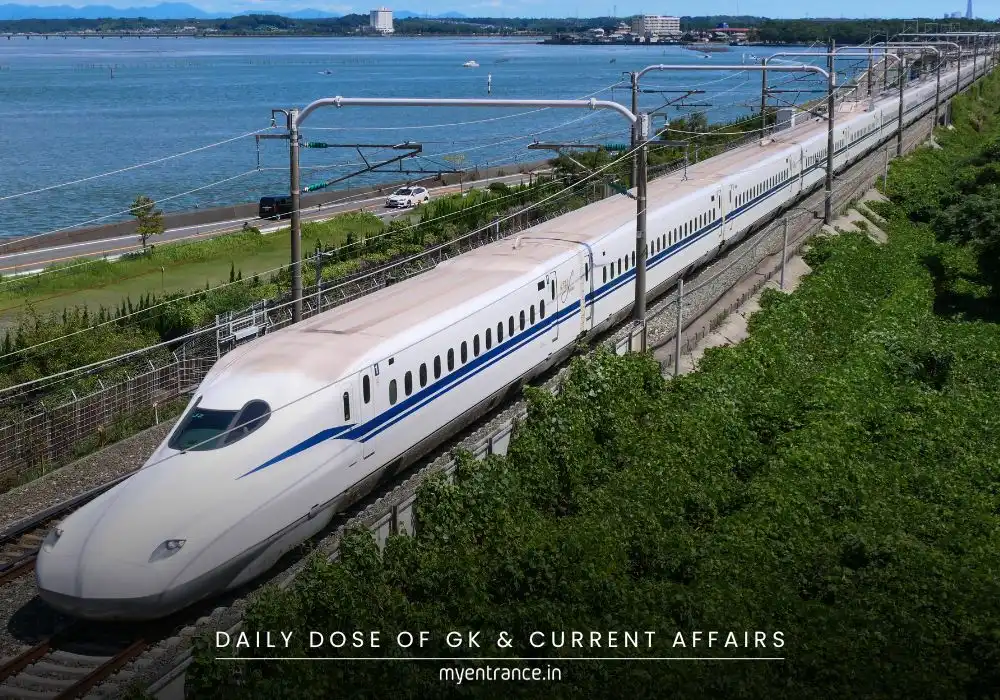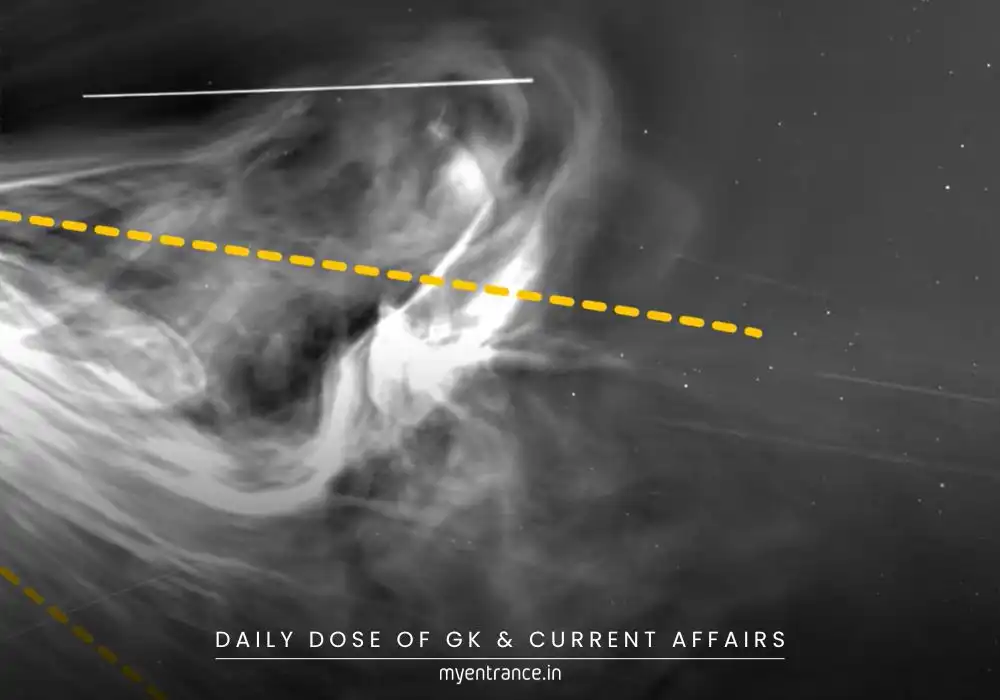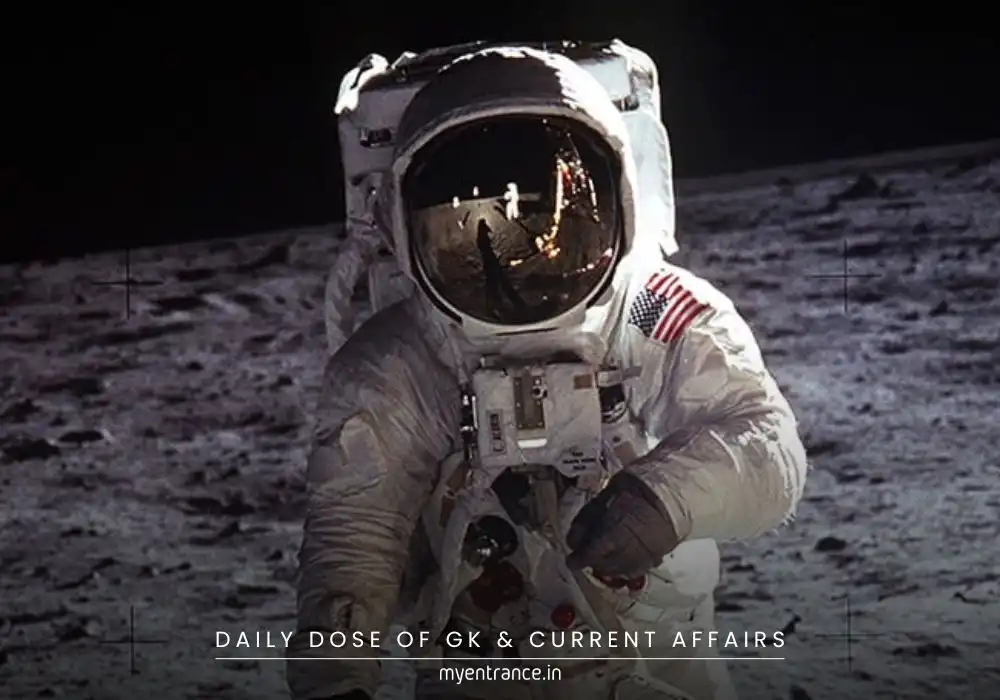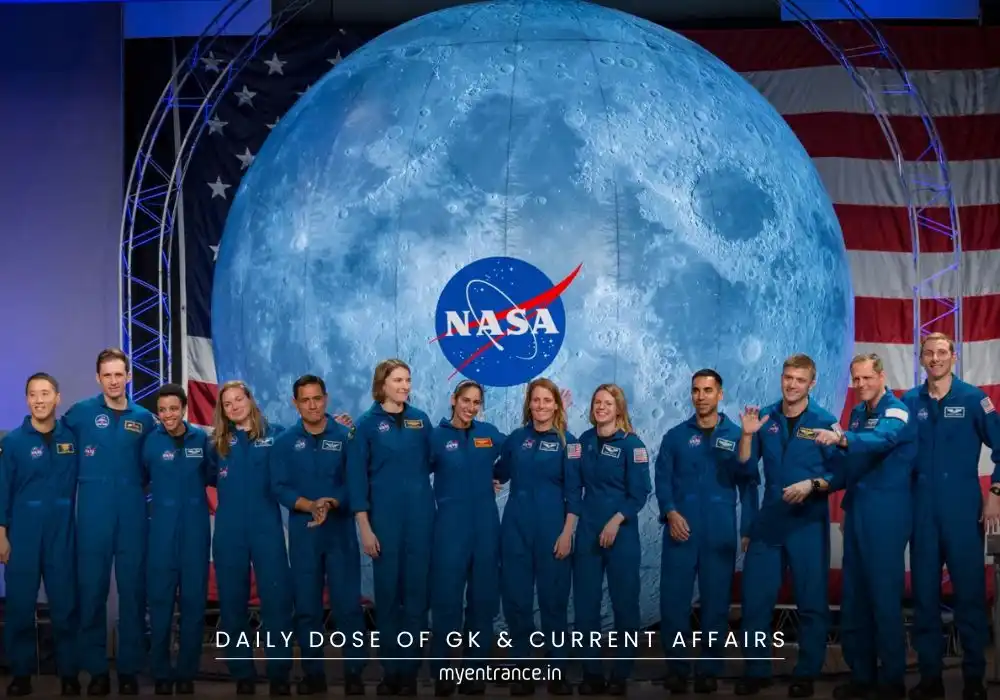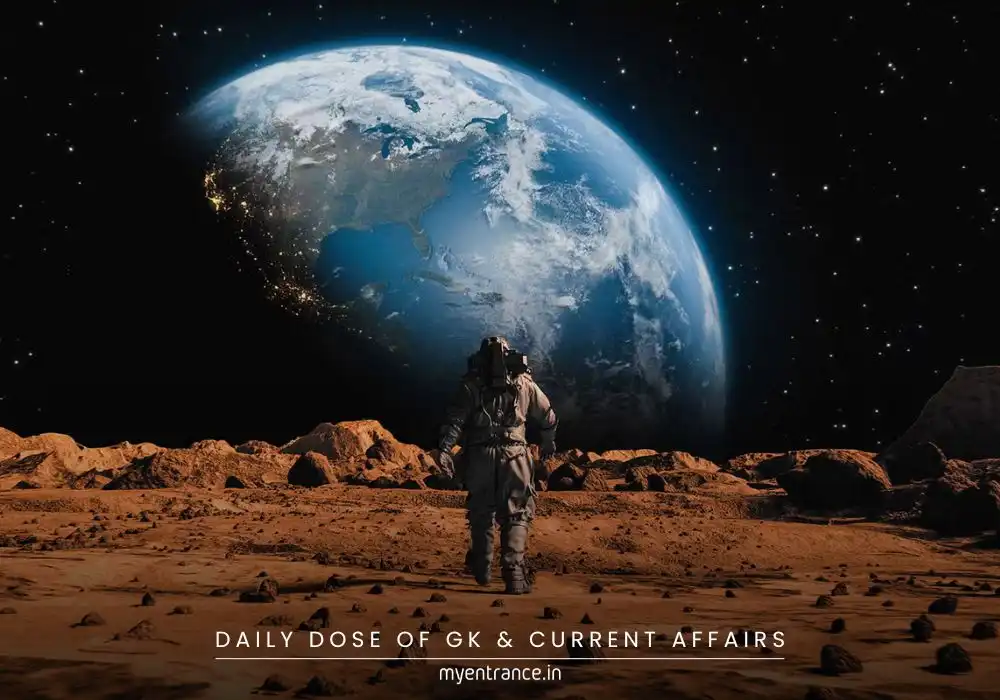Translate Language
Why Does the Dragon Spacecraft Take 22 Hours to Return to Earth?
When Indian astronaut Shubhanshu Shukla and the Axiom-4 crew undocked from the ISS on July 14, 2025, their journey back wasn’t a quick drop—it took 22.5 hours. Unlike a straight fall, their Dragon spacecraft followed a meticulously planned descent involving orbital adjustments, safety checks, and perfect timing for splashdown.
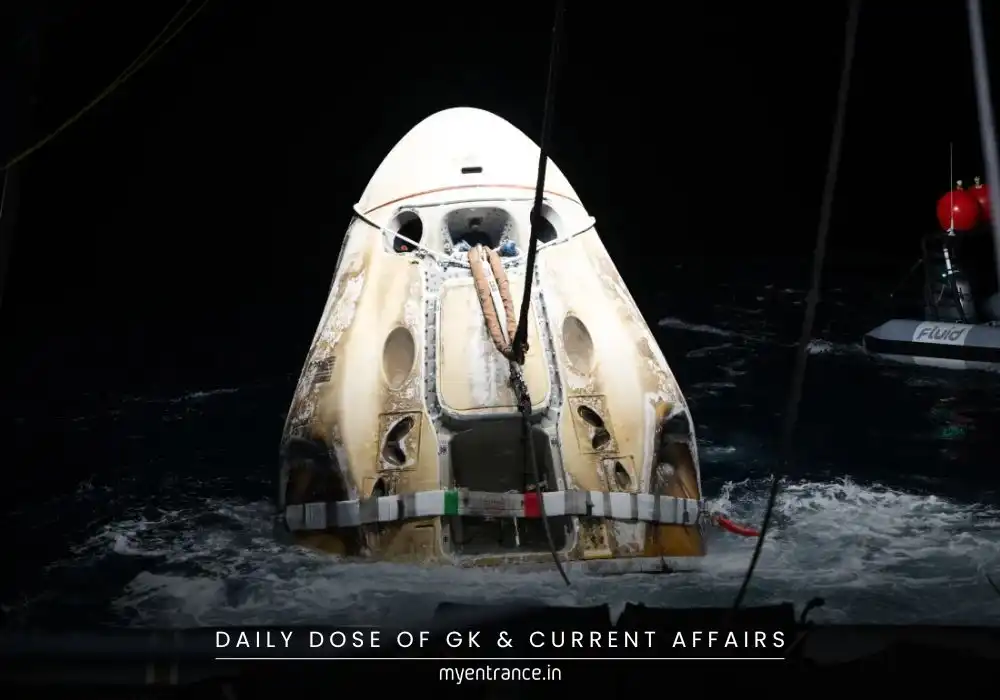
Why Does the Dragon Spacecraft’s Return Take So Long?
Returning from space isn’t as simple as hitting the brakes. Here’s why the Dragon capsule’s journey home is a slow, calculated process:
Orbital Mechanics & Safe Undocking
The spacecraft can’t just descend straight down. First, it performs engine burns to move away from the ISS, entering a separate orbit to avoid collision risks. This “free flight” phase lasts hours before re-entry begins.
Precision Landing Requirements
Earth rotates at high speed, and the ISS orbits at 28,000 km/h. The capsule must time its deorbit burn perfectly to align with the landing zone—usually off California’s coast. A slight miscalculation could mean missing the target.
Gradual Re-Entry for Safety
During descent, the Dragon faces 1,600°C heat. A slow, controlled re-entry prevents excessive G-forces and ensures the heat shield protects the crew.
Parachute Deployment & Weather Checks
At 5.7 km altitude, small parachutes stabilize the capsule.
At 2 km, main parachutes deploy for a gentle splashdown.
Bad weather or recovery delays can extend the wait in orbit.
Post-Mission Recovery
After 18 days in space and 60+ experiments, astronauts need a smooth return to begin rehabilitation. Rushing could risk their health.
Sample Questions & Answers (For Competitive Exams)
Q: Why doesn’t the Dragon spacecraft descend immediately after undocking?
A: To avoid collision risks with the ISS, it first moves to a different orbit.
Q: What is the purpose of the deorbit burn?
A: It slows the capsule enough to exit orbit and begin re-entry.
Q: How do parachutes assist in the Dragon’s landing?
A: They deploy in two stages to stabilize and slow the capsule for a safe splashdown.
Q: What factors delay the Dragon’s return?
A: Orbital positioning, weather, and recovery ship availability.
Q: Why is re-entry heat a major concern?
A: Temperatures reach 1,600°C, requiring a heat shield and controlled descent.
Why Is This Important for Exams?
Questions on space missions, orbital mechanics, and re-entry procedures frequently appear in UPSC, SSC, PSC, and defence exams. Understanding:
✔ The role of orbital mechanics in space travel.
✔ Safety protocols like deorbit burns and parachute systems.
✔ Challenges like re-entry heat and landing precision.
This knowledge is crucial for science/tech sections and helps answer MCQs or descriptive questions accurately.
Get 3 Months Free Access for SSC, PSC, NIFT & NID
Boost your exam prep!
Use offer code WELCOME28 to get 3 months free subscription. Start preparing today!


